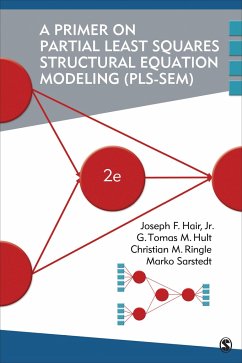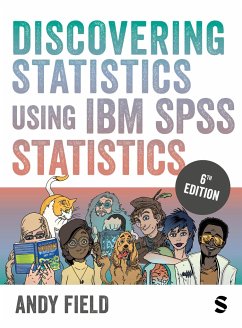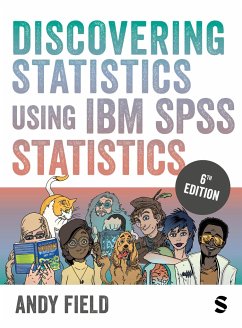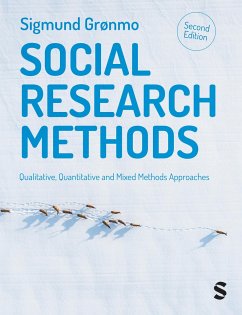Nicht lieferbar
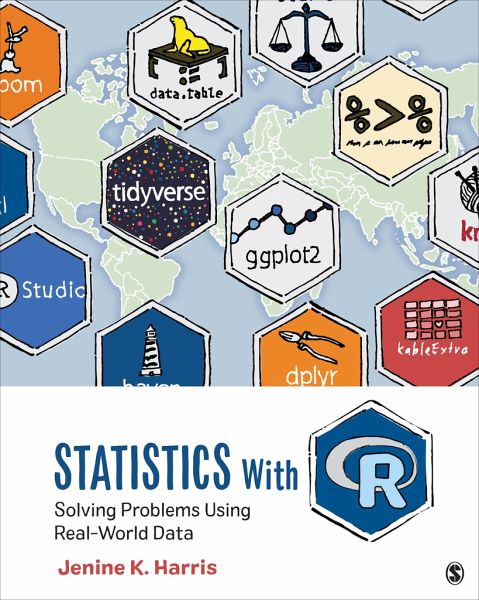
Statistics with R
Solving Problems Using Real-World Data
Versandkostenfrei!
Nicht lieferbar
Drawing on examples from across the social and behavioral sciences, Statistics With R: Solving Problems Using Real-World Data introduces foundational statistics concepts with beginner-friendly R programming in an exploration of the worldâ s tricky problems faced by the "R Team" characters.




